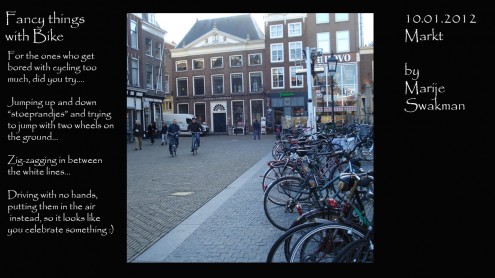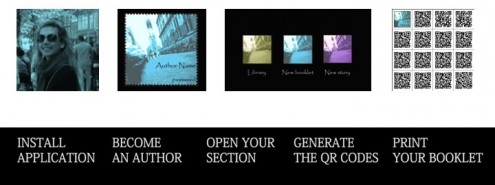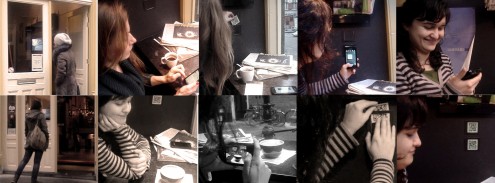By: Nur Findik
Keywords: Living, Social Places, Collaborative, Inspiring, Open, Sharing
Final presentation poster: Click here
Design Goal and Interaction vision:
The goal of this project is to shorten the adaptation process of new comers by increasing their connectedness with the local people. The interaction vision was `Imece Culture` where, in small villages, all residents are supposed to take part for the general needs of the village collaboratively. (Such as school building, wedding ceremonies, etc)
Research Explorations:
First research exploration started with a context mapping study with Dutch and International students. The goal was to understand what their common or different expectations are, in terms of social life and their interaction with each other. Almost all of Dutch students described their communication with internationals either by being a group mate in a project or helping them with some survival issues such as places to eat, accommodation, transportation etc. On the other hand, their ` needs and desires for an ‘ideal social space’ remain similar. The keywords that they used for this space involve the words such as open, friends, relax and easy. At the end of the research, I aimed to make design explorations on what kind of special moments do they share with each other apart from the survival issues.
Design Explorations:
First design experiment aimed to understand how local people would respond to share their personal stories or advices related to Dutch culture if they were asked by new comers. This experiment provided a good insight about the context and the interaction. I created funny anonymous questions from new comer’s perspective related to Dutch Culture. Questions were located on the tables in a restaurant for 4 hours long. It was a good moment to answer questions while they were waiting their meal. And most of the answers were also in a very funny way as expected. As a last step of exploring the qualities of this story sharing activity; I tested taking the pictures of special moments, items or activities and writing about them by using an application. QR code tagging tests also gave nice insights for further development such as using stickers or post stamps on larger places like walls.
Final Design:
Delft Stories is a community that aims to publish a year book consists of different stories written by the citizens of Delft. By installing the Delft Stories Application, local people and new comers create personal library and QR Code booklet. Each QR code is connected to one story url link which is editable by the author of the story. As people capture their stories and save in the library, they are able to leave these stories via printed QR codes among different spots in the city .Those spots are usually restaurants, cafes and bars, where people can leave or scan stories on the walls or tables. This way, new comers have chance to get nice tips about specific activities, places, or get inspiration by learning more about local activities from local people`s point of view .



